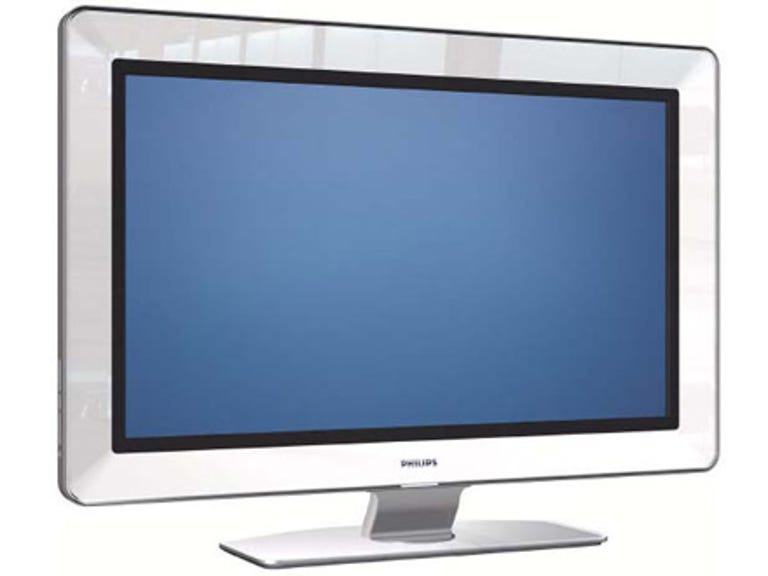 Why You Can Trust CNET
Why You Can Trust CNET Philips Aurea 42PFL9900D review: Philips Aurea 42PFL9900D
The Philips Aurea 42PFL9900D may be very expensive, but its picture performance nothing short of stunning, and the Ambilight Spectra system stands out from the crowd.
The Philips Aurea 42PFL9900D is like no other television on the market and it's not hard to see why. The entire frame of this 42-inch LCD set is lit up from within by Philips' newest and most flamboyant version of Ambilight yet: Spectra.
The Good
The Bad
The Bottom Line
Design
Comprising of 126 individual tri-colour lamps, Spectra extends the colours on the screen onto the frame and the wall behind, turning the TV into a chameleonic kaleidoscope of colour. Impressive and bold certainly, but costing around AU$6,000, is the Aurea anything more than a pricey light show?
Well, yes it is. In fact, this is without a doubt one of the best LCD televisions we've ever clapped eyes on. It's got a 'Full HD' 1,920x1,080-pixel screen, as you'd expect, plus three HDMI ports and a component video input for pumping in hi-def video from a HD tuner, games console or next-gen disc player. It's easy to set up too, with clear, well-labelled menus and a chunky remote control. The Spectra system's brightness and liveliness are adjustable as well, if you were getting worried about the lights putting you off whatever's actually on the screen.
Features and Performance
The real draw is Philips' new Perfect Pixel HD Engine processing, which takes whatever video signal you feed it and spruces it up in all manner of ways: standard def material is upscaled to HD resolutions; noise is cleaned up; and the 100Hz mode adds extra frames to smooth out motion. What you're left with is a jaw-looseningly sharp, crisp and clean image, especially with hi-def material.
The high contrast action of 300 on HD DVD, for instance, shows off just how well this LCD handles both very dark and very bright areas. Blacks actually look black here, which is no mean feat on a backlit LCD screen, while the whites are clean and noise-free -- except for the graininess that's supposed to be there.
Motion is also handled very deftly, with edges remaining crisp thanks to 100Hz Clear LCD and HD Natural Motion cutting down judder from film sources. You see the very occasional flickering artefact around the edge of a moving object -- standard def content is more prone to this -- but overall it's the best LCD motion processing system around.
Standard def stuff actually looks very good here too, whether it's coming from the built-in digital tuner or a connected DVD player. Get up close and something like The Weakest Link looks noisy and messy, but from a reasonable distance it's as good as can be expected given the source.
Sound quality is better than on most HD TVs too, although we're not sure if it's quite as impressive as its 26-speaker array suggests.
The main drawback here is the very high price, which is clearly related as much to the Ambilight Spectra as to the high spec and performance -- you can buy a similarly-specced Philips 42PFL9632D with Perfect Pixel HD Engine, a 1080p screen and regular two-lamp Ambilight for about AU$3,700 online.
We have a couple of other nitpicks to mention, too. There's no PC input, which is odd, and the aspect ratio control sometimes greys out the 4:3 modes -- so we had to watch some 4:3 content stretched out across the 16:9 screen, which is one of our pet hates.
Conclusion
Basically, it all comes down to whether or not you think the Ambilight Spectra is worth paying extra for. Personally, we like it very much and if we had an unlimited amount of cash to sprinkle around (well, about six grand, really), we'd snap one up in a jiffy.
